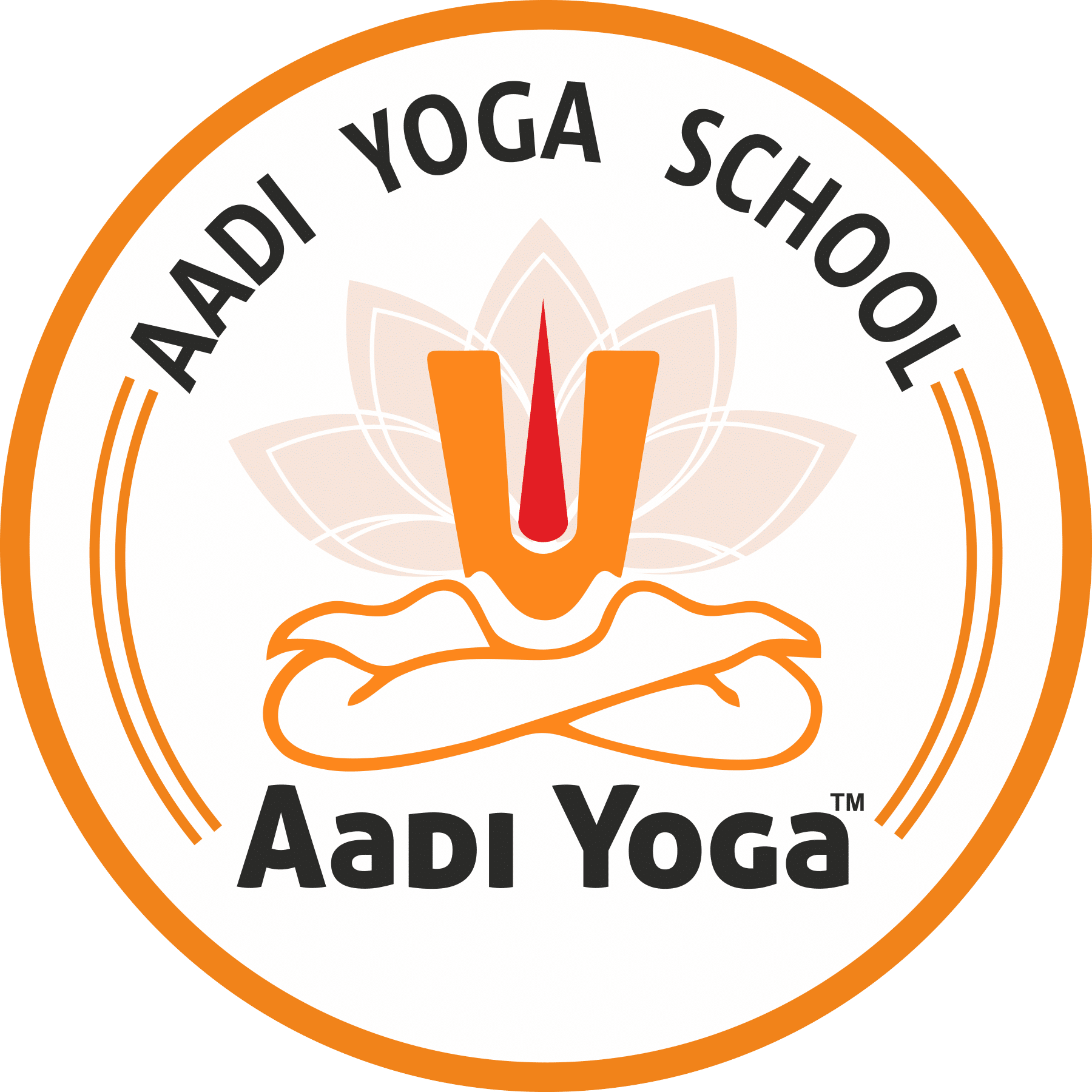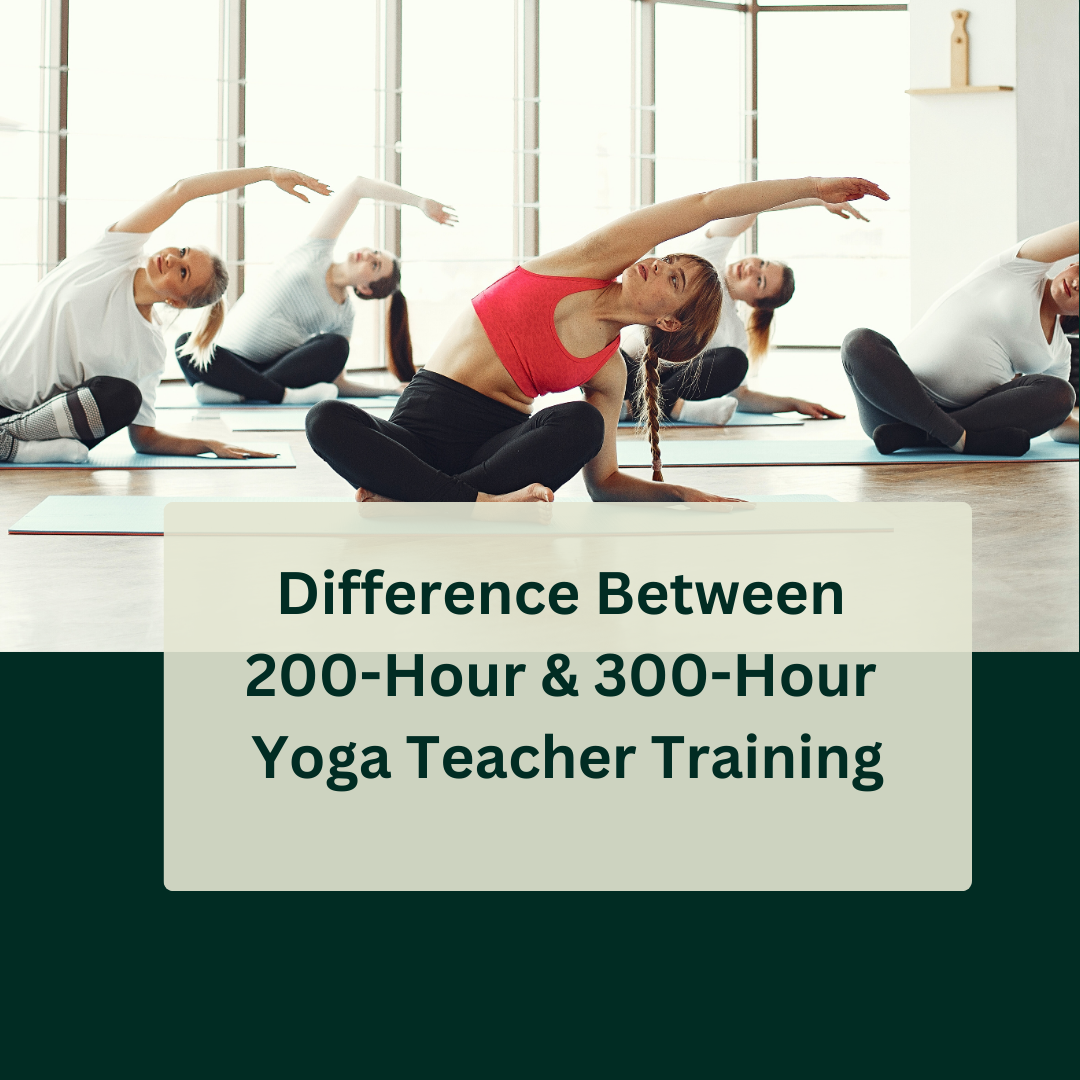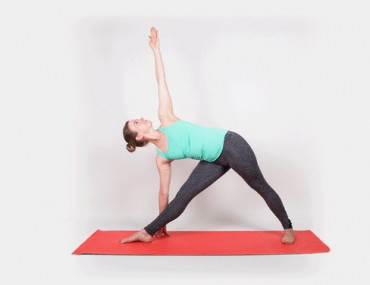Yoga teacher training programs are a great way for practitioners to deepen their understanding of yoga and share their passion with others. However, with various options available, it’s essential to understand the differences between a 200-hour and a 300-hour Yoga Teacher Training (YTT). Both are stepping stones on the path to becoming a yoga teacher, but they cater to different stages of a yoga teacher’s journey. In this article, we will explore these two programs to help you make an informed decision.
200-Hour Yoga Teacher Training: The Foundation
The 200-hour Yoga Teacher Training is the foundational level for aspiring yoga teachers. It is typically the first step on the yoga teaching path, and most yoga schools around the world offer this certification. Here’s what you can expect:
- Basic Yoga Knowledge: The 200-hour program covers essential yoga practices, including asanas (postures), pranayama (breathing exercises), meditation, and philosophy. You will also study anatomy and alignment, teaching methodologies, and ethics.
- For Beginners & Intermediate Practitioners: The 200-hour program is ideal for beginners or intermediate yoga practitioners who are passionate about teaching. It is designed to provide you with the skills and knowledge necessary to teach foundational classes and understand the core concepts of yoga.
- Program Length: The duration of the 200-hour program varies depending on the school, but it typically takes around 3-4 weeks for an intensive course or 2-3 months for a part-time course.
- Yoga Alliance Certification: Upon completion, the program provides you with a Yoga Alliance certification, allowing you to register as a Registered Yoga Teacher (RYT-200), a standard credential recognized worldwide.
300-Hour Yoga Teacher Training: Advancing Your Practice
Once you have completed your 200-hour YTT and gained some teaching experience, you may feel ready to take your yoga journey to the next level. This is where the 300-hour Yoga Teacher Training comes in. It’s designed to refine and deepen your knowledge and teaching skills.
- Deepening Yoga Knowledge: The 300-hour YTT delves deeper into advanced concepts of yoga, including advanced postures, sequencing, alignment, and adjustment techniques. It also focuses more heavily on yoga philosophy, Ayurveda, the subtle body, and advanced meditation techniques.
- Specialization: One of the key benefits of a 300-hour program is the opportunity to specialize in certain areas of yoga. For instance, you might choose to focus on a specific style of yoga, such as vinyasa, hatha, or yin yoga, or develop expertise in areas like yoga therapy, prenatal yoga, or trauma-informed yoga.
- Teaching Mastery: A major aspect of the 300-hour YTT is honing your teaching skills. You will learn how to manage larger classes, work with students of various abilities, and address specific needs. The program emphasizes the development of a teaching style and refining your voice as a yoga instructor.
- Program Length: The 300-hour YTT is typically a longer program that can take anywhere from several months to a year to complete, depending on the school and format (intensive or part-time).
- Yoga Alliance Certification: After completing the 300-hour YTT, you can register with Yoga Alliance as an RYT-500, which is a prestigious certification recognized globally.
Key Differences Between 200-Hour & 300-Hour Yoga Teacher Training
Aspect |
200-Hour YTT |
300-Hour YTT |
Target Audience |
Beginners & Intermediate Practitioners |
Experienced Teachers with RYT-200 |
Focus |
Foundational Yoga Practices & Teaching |
Advanced Techniques, Specializations |
Course Duration |
3-4 Weeks or 2-3 Months |
Several Months to a Year |
Main Areas of Study |
Asanas, Pranayama, Philosophy, Anatomy |
Advanced Postures, Yoga Therapy, Ayurveda, Teaching Mastery |
Certification |
RYT-200 |
RYT-500 |
Cost |
Generally Less Expensive |
More Expensive Due to Advanced Content |
Which One is Right for You?
The decision between a 200-hour and a 300-hour yoga teacher training depends on your goals as a practitioner and teacher.
- Choose 200-Hour YTT if you are a beginner or intermediate yogi who wants to start teaching yoga. It is a great way to build a solid foundation in yoga.
- Choose 300-Hour YTT if you are already an RYT-200 and want to advance your teaching career. This program is ideal for those who want to specialize in a specific area of yoga or refine their teaching skills for more advanced classes.
Conclusion
Both the 200-hour and 300-hour yoga teacher training programs offer unique benefits and cater to different stages of a yoga teacher’s journey. While the 200-hour program serves as a foundational starting point, the 300-hour program offers advanced knowledge and specialization, allowing teachers to hone their skills and deepen their understanding of yoga. Whichever path you choose, both levels of certification will help you grow as a yoga teacher and practitioner.
If you’re looking to deepen your yoga journey or begin your teaching career, investing in the right teacher training program can set you on the path to becoming a confident, skilled, and knowledgeable yoga teacher.




